An SMD Capacitor Guide
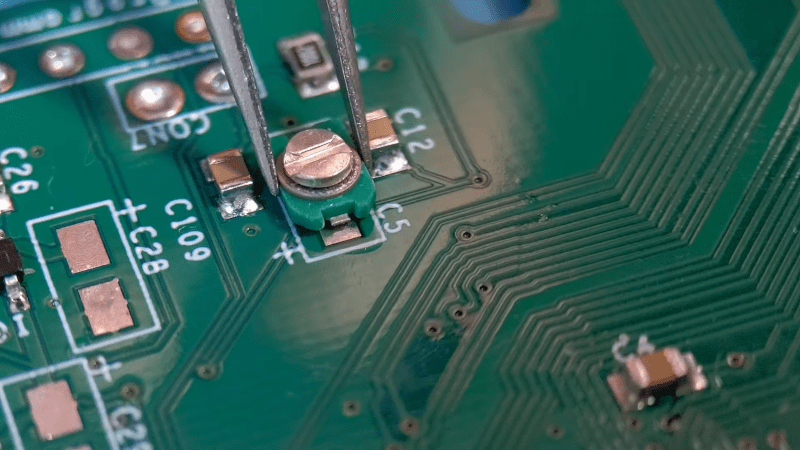
For electronics, your knowledge probably follows a bit of a bell curve over time. When you start out, you know nothing. But you eventually learn a lot. Then you learn …read more Continue reading An SMD Capacitor Guide
Collaborate Disseminate

For electronics, your knowledge probably follows a bit of a bell curve over time. When you start out, you know nothing. But you eventually learn a lot. Then you learn …read more Continue reading An SMD Capacitor Guide
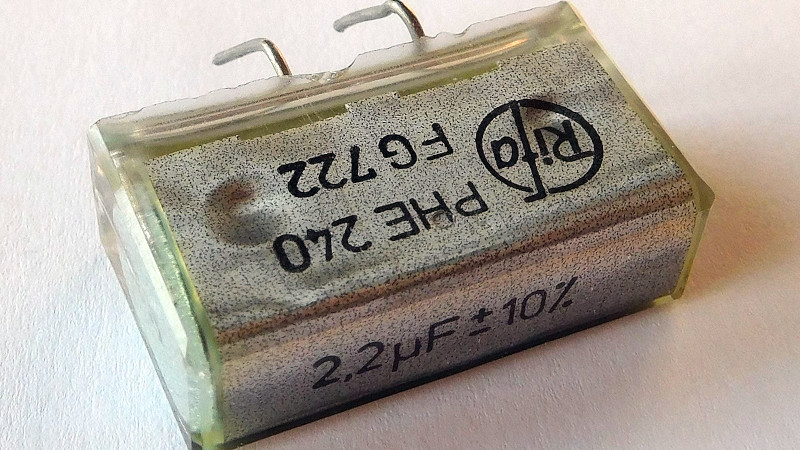
Anyone who works with older electronic equipment will before long learn to spot Rifa capacitors, a distinctive yellow-translucent component often used in mains filters, that is notorious for failures. It’s …read more Continue reading Why Do Rifa Capacitors Fail?
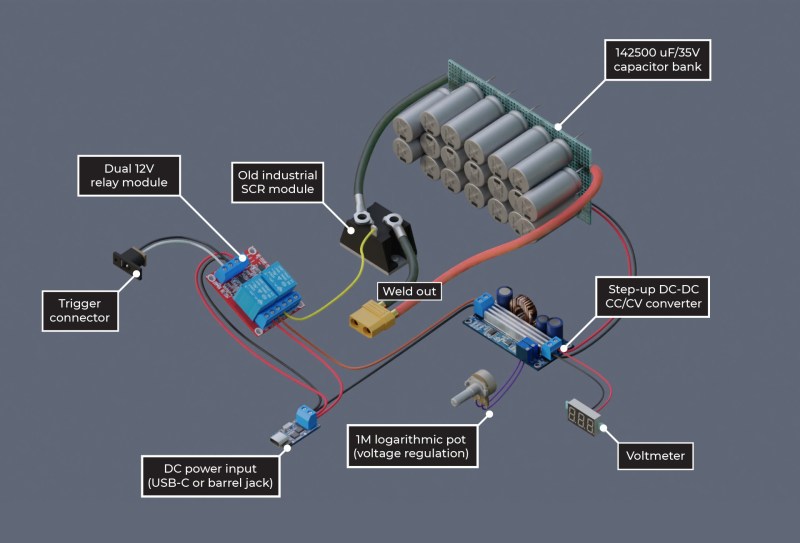
DIY spot welders often use high-powered components that can be a bit frightening, given the potential for dangerous malfunctions. [Wojciech “Adalbert” J.] designed his capacitive discharge spot welder to be …read more Continue reading Hackaday Prize 2022: A Not-So-Smart Spot Welder
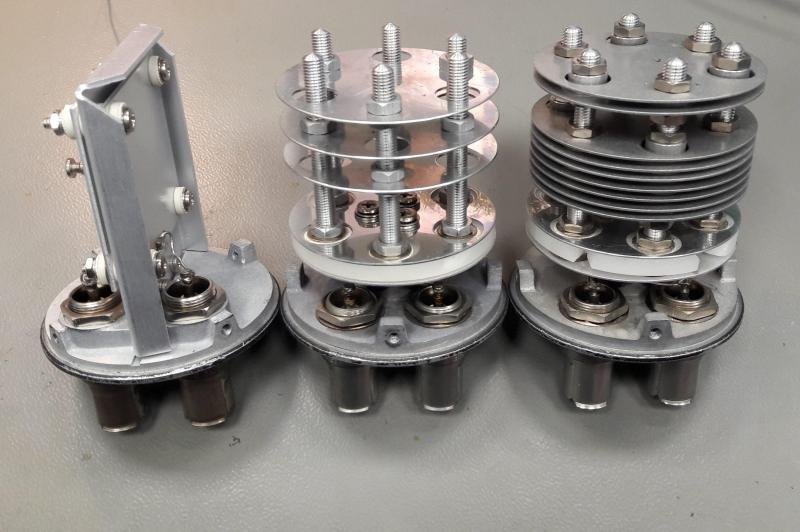
Ah, the age old tradition of Dumpster diving! Sometimes we happen to spot something that’s not quite trash, but not quite perfect, either. And when [dzseki], an EEVblog.com forum user, …read more Continue reading Condemned Precision Capacitors Find New Home, Refuse To Become Refuse
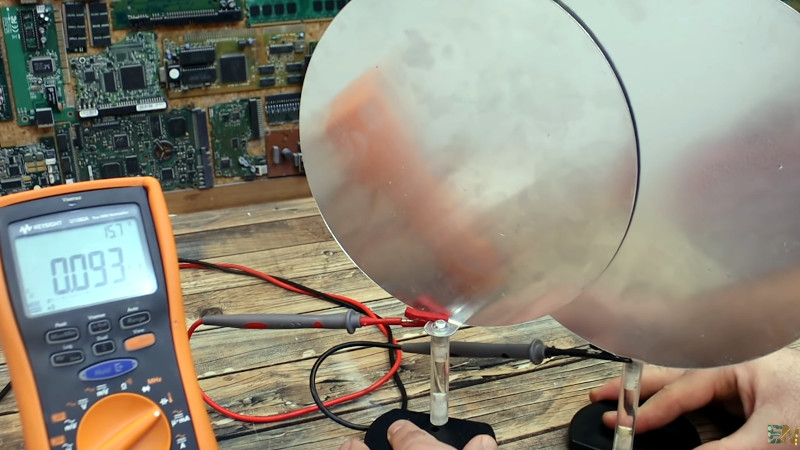
Of course, we all know that capacitors are conceptually two conductors separated by a dielectric of some sort. But outside of air-variable capacitors you normally don’t see them looking like …read more Continue reading Taking a Close Look at Parallel Plate Capacitors
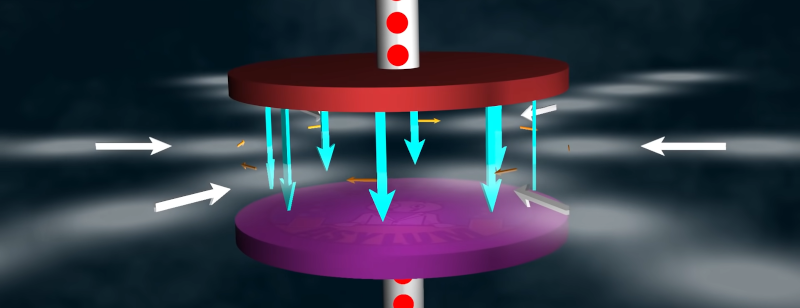
If you are like [The Science Asylum], you might wonder how a capacitor can work since, at their core, they are nothing more than a gap filled with air or …read more Continue reading How Do Capacitors Work?
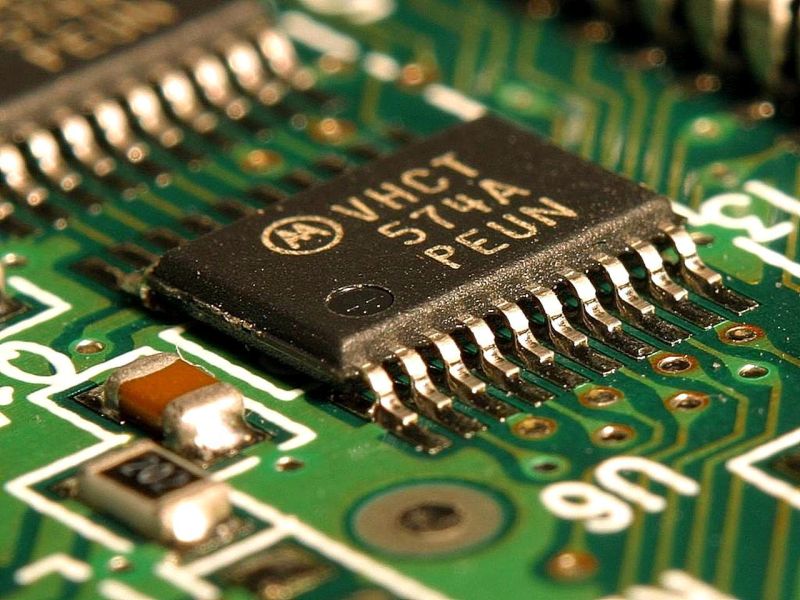
Perhaps the second most famous law in electronics after Ohm’s law is Moore’s law: the number of transistors that can be made on an integrated circuit doubles every two years …read more Continue reading Smaller is Sometimes Better: Why Electronic Components are So Tiny
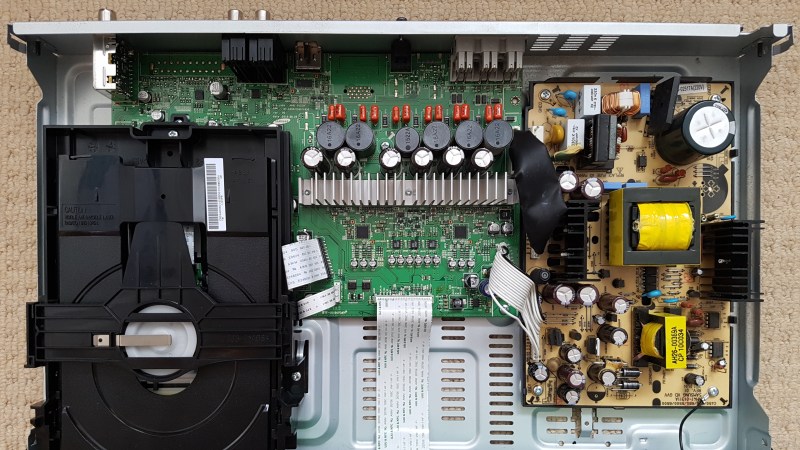
Old electrolytic capacitors are notorious for not working like they used to, but what exactly does a bad capacitor look like, and what kinds of problems can it cause? Usually …read more Continue reading Faulty Electrolytic Caps Don’t Always Look Bad
Here’s a tip for all you retrocomputing enthusiasts or even anyone with an old computer in the garage. Go remove the battery. Yes, that old mid-90s desktop has a battery inside for the real-time clock, and it’s a ticking time bomb. Batteries leak, and they’ll spew goo all over the circuit board, irreparably damaging your piece of electronic nostalgia. This goes for all electronics, too: that badge collection is going to be a pile of broken fiberglass in a decade. Remove your batteries now.
While lithium cells soldered to a motherboard will leak, now there might be a new technology …read more
Through-hole assembly means bending leads on components and putting the leads through holes in the circuit board, then soldering them in place, and trimming the wires. That took up too much space and assembly time and labor, so the next step was surface mount, in which components are placed on top of the circuit board and then solder paste melts and solders the parts together. This made assembly much faster and cheaper and smaller.
Now we have embedded components, where in order to save even more, the components are embedded inside the circuit board itself. While this is not yet …read more
![]() Continue reading The components are INSIDE the circuit board
Continue reading The components are INSIDE the circuit board